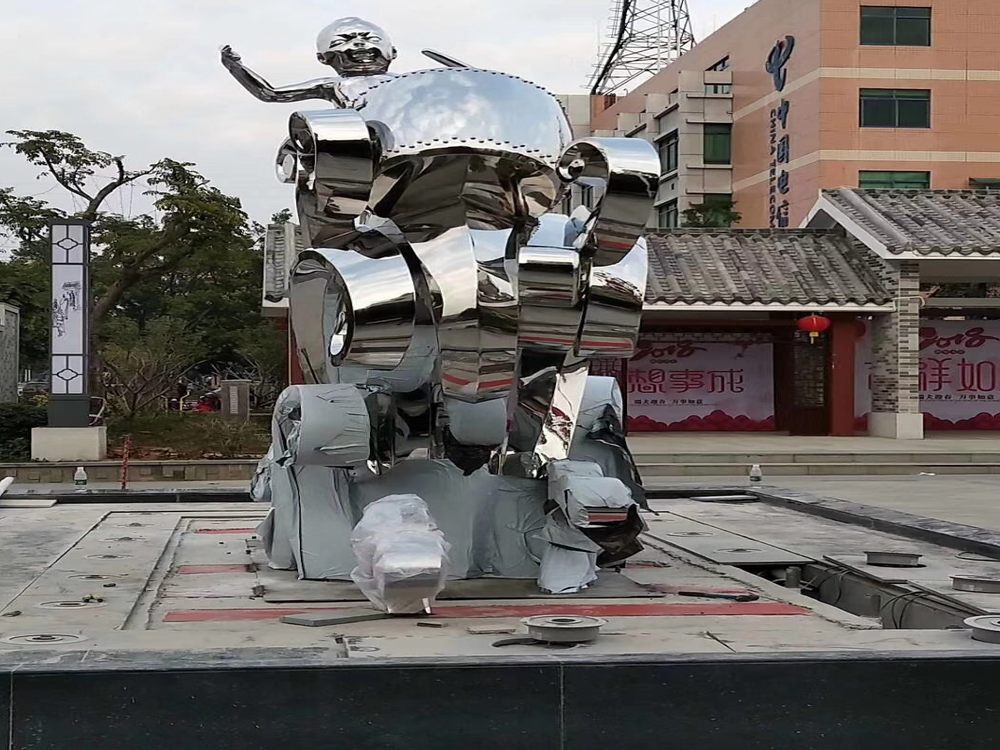
The ability to make dense, heavy stone appear weightless is one of the most remarkable feats in sculpture. Artists achieve this gravity-defying illusion through a combination of technical mastery and optical tricks that challenge our perception of materiality.
Key techniques include strategic undercutting, where sculptors carve deep recesses beneath forms to create shadows that suggest floating elements. The ancient Greeks perfected this method in drapery carvings, making marble appear as light as fabric. Michelangelo's unfinished "Slaves" series demonstrates how partially liberated figures seem to emerge effortlessly from stone.
Material selection plays a crucial role. Translucent stones like alabaster capture and refract light, enhancing ethereal qualities. Contemporary artists often combine different stone densities to play with visual weight contrasts.
Dynamic composition is essential - diagonal lines and asymmetrical balance create implied movement. Modern sculptor Barbara Hepworth pierced solid stone with voids that transform mass into space. Japanese artist Isamu Noguchi's interlocking stone pieces appear to float through precise equilibrium.
Surface treatment completes the illusion. Polished areas reflect light to appear lighter, while rough textures anchor the piece visually. This chiaroscuro effect, mastered by Bernini in his Baroque sculptures, makes stone seem to defy physics.
Today's artists push boundaries with cantilevered installations and computer-assisted designs that calculate stress points for impossible-looking balances. The magic lies in making us forget stone's true nature through artistic alchemy.

